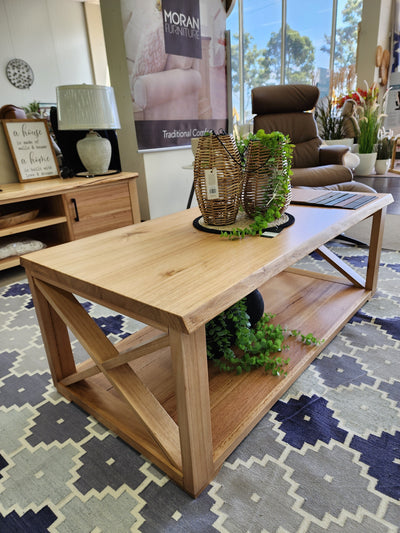
Material and Color Coordination: A Guide to Balancing Furniture Materials
When designing a room, the right combination of materials and coluors plays a crucial role in creating a balancing look.
Here is a guide to help you balance wood, metal, and upholstery with ease:
Start with a Dominant Material
Choose one primary material to serve as the foundation. For instance, if you have a wooden dining table, that could become the focal point. Wood brings warmth and nature, so pair it with lighter fabrics or subtle metal accents to avoid a heavy or overwhelming look.
Contrast Textures
Mixing textures adds depth to any room. Try combining soft, upholstered pieces like fabric sofas or chairs with sleek, cool metals such as a brass coffee table. The key is to keep a balance - metal accents like table legs or lighting can create contrast without taking over the room.
Choose a Color Palette
Once your dominant material is selected, decide on a color scheme. Natural tones from wood pair beautifully with neutral colors like beige, cream, or grey. For a more vibrant space, add a pop of color through your upholstery or smaller décor pieces.
Balance Bold with Neutral
If you are opting for bold metal finishes like chrome or brass, balance them with neutral-colored upholstery. Conversely, colorful upholstery can pair well with understated wooden furniture. This way, no one material overpowers the space.
Be Mindful of Scale
Ensure the proportions of the materials work together. A large wooden dining table pairs well with upholstered chairs that aren’t too bulky, maintaining a clean, elegant look. Mixing in a metal pendant light overhead adds a contemporary flair without overwhelming the room.
Balancing wood, metal, and upholstery in your home can create an inviting, stylish, and cohesive design. By thoughtfully coordinating materials and colors, you can transform your space into a visually pleasing and functional environment.




















